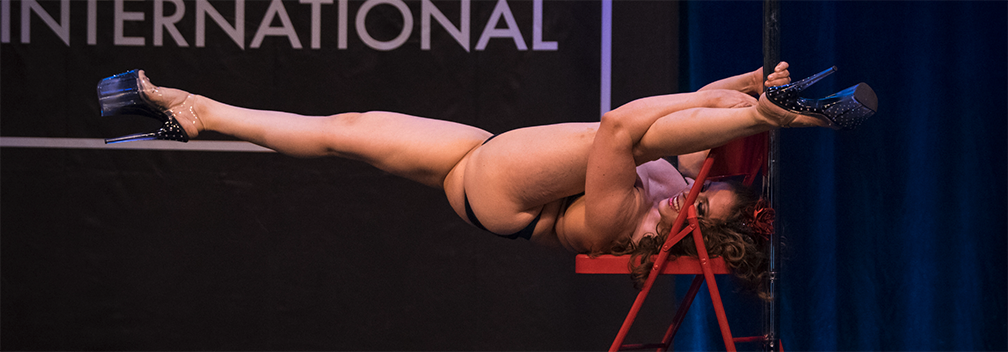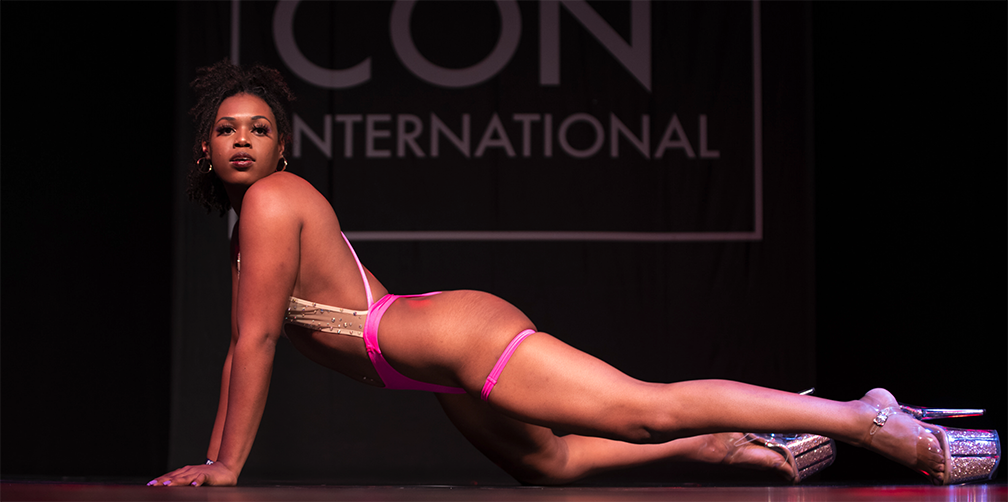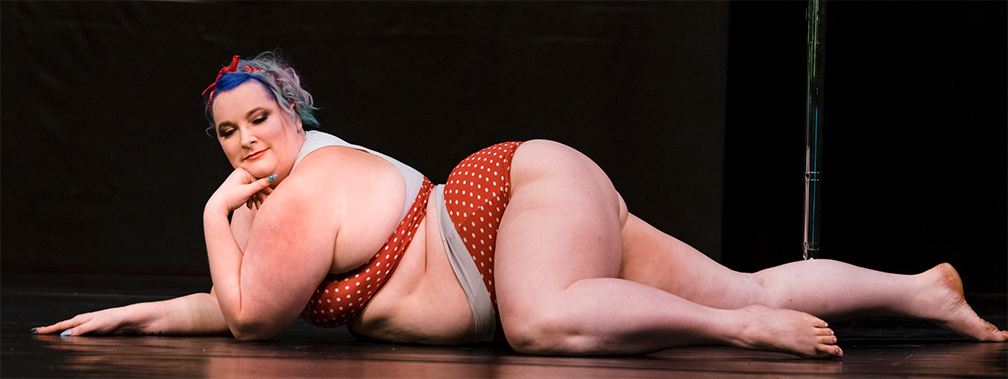Get Your Booty to the Poll (GYBTTP) was a 2020 campaign that used pole dance…

Benefits of Foam Rolling for Pole Dancers
We all know that pole dancing and fitness can take a hard toll on the body, such as regular muscle stiffness and soreness. And on top of that there are a ton of pole moves that require great flexibility and joint mobility. Yet as our muscles build they can start to feel more rigid through vigorous training, which can make it hard to keep up that flexibility. I personally have found foam rolling to be very helpful in this regard.
What is foam rolling?
Though we all probably have an idea of what foam rolling is, let’s get a little technical about it. Specifically, the goal of foam rolling is to smooth out the connective tissue (fascia) that runs over and through your muscles, according to Self. This is actually helping smooth out the knots and tightness you sometimes feel in your muscles. According to The Doctors of Physical Therapy, muscles can become tight for various reasons, including dehydration, overuse, injury, and stress (showcase/competition prep, anyone?). And if you’ve experienced any one of these, chances are foam rolling would benefit you. By reducing tightness in your muscles and fascia, you can help reduce your chances of injury. In my experience, foam rolling has also helped me to better identify and target specific muscle groups when I’m working out; almost like waking up the muscles before I call on them to action. And not only will foam rolling help out your muscles, it will also be assisting your range of motion and joint mobility, which is essential for those leg swivels.
How to foam roll succesfully?
Now, despite the benefits of foam rolling to your joints, it’s important to note that you should never, ever, roll directly on your joints. For this reason, you should never roll out your back as this could cause injury to your spine. Your upper back, however, is okay as long as you are engaged in correct positioning (hands behind your head, like when doing sit ups). You also don’t want to roll out your stomach. Though we do have abdominal muscles that need good stretching, love, and attention as well, foam rolling can be harmful to your organs and be uncomfortable.
So where can you foam roll? Pretty much everywhere else! For me, a full body foam rolling session includes calves, shins, hamstrings, quads, TFL, IT band, piriformis, inner thigh, upper back, lats, and triceps. There are foam rollers of various degrees of stiffness and even textures. For those with very dense muscles, you may find that a foam roller is not enough and benefit from a more solid surface, such as a PVC pipe. I also like to roll out my feet and trigger points in my upper back with a tennis ball. And keep in mind you don’t have to do a full body foam rolling session to benefit from it. I generally only foam roll my trouble spots and the muscles that I intend on working out prior to exercising. However, before doing any foam rolling exercises, be sure to check with your doctor to make sure this is right for you.
In summary, foam rolling is great for decreasing muscle stiffness and soreness, helps to better engage your muscles for working out, and improves range of motion and joint mobility; all things we as pole dancers need. It may be worth considering adding this to your pole regimen if you haven’t already. So give it a go and let us know if it works for you!
Latest posts by Savannah Smith (see all)
- Pole Con 2021: My experience as an attendee - June 17, 2022
- Benefits of Foam Rolling for Pole Dancers - November 19, 2021
- Covid-19 and The Pole Industry: Part 8 - October 29, 2021


